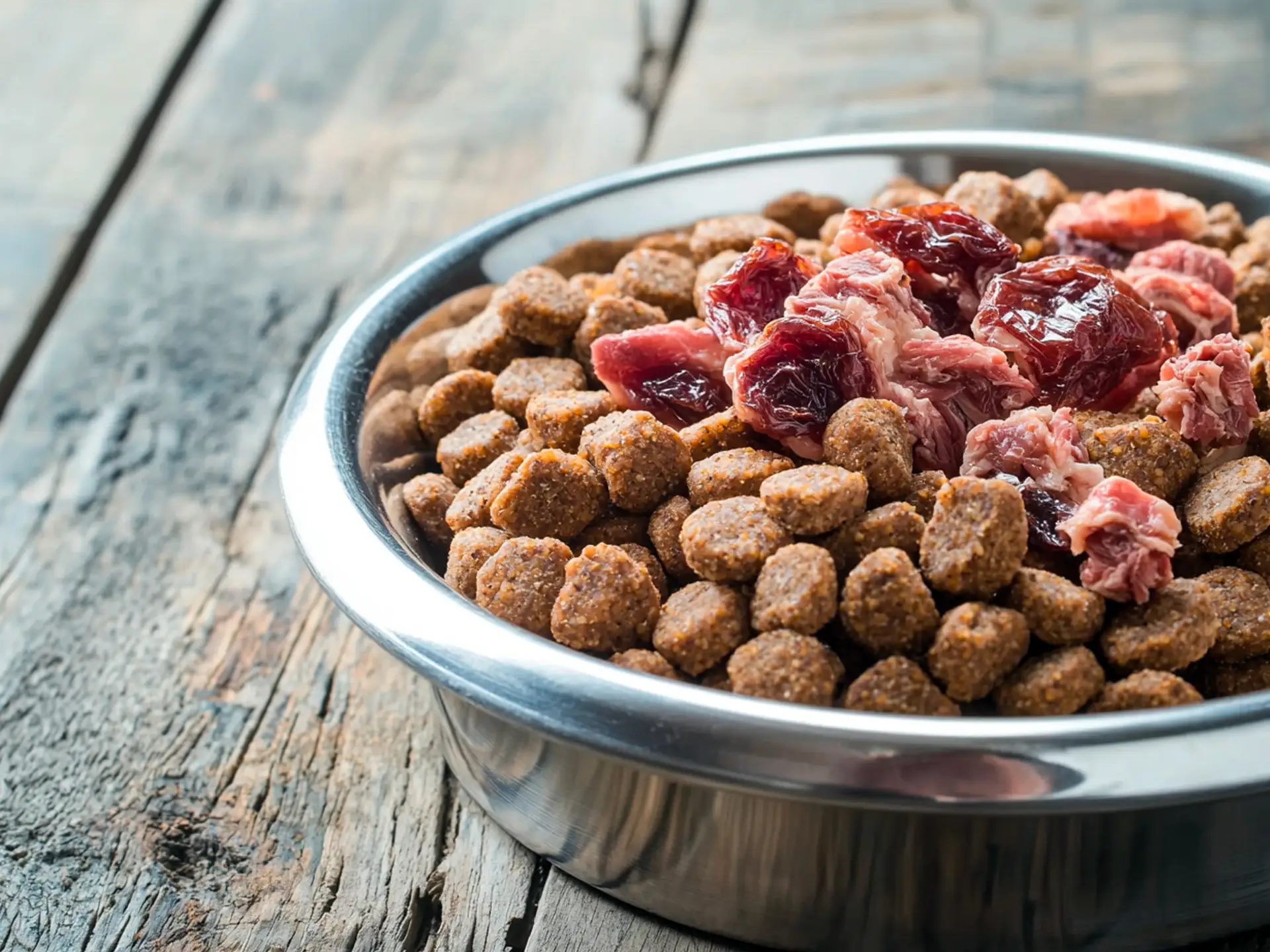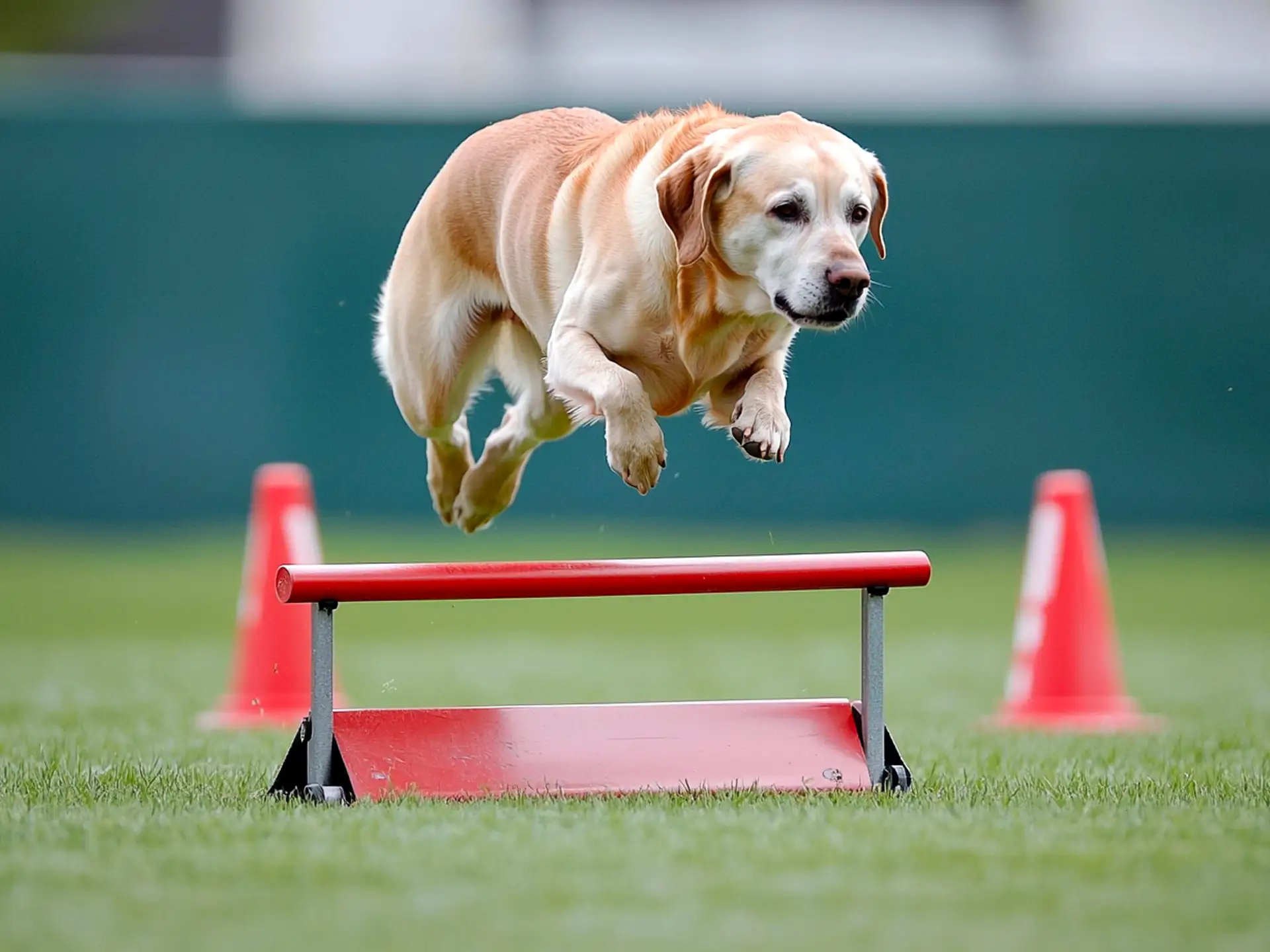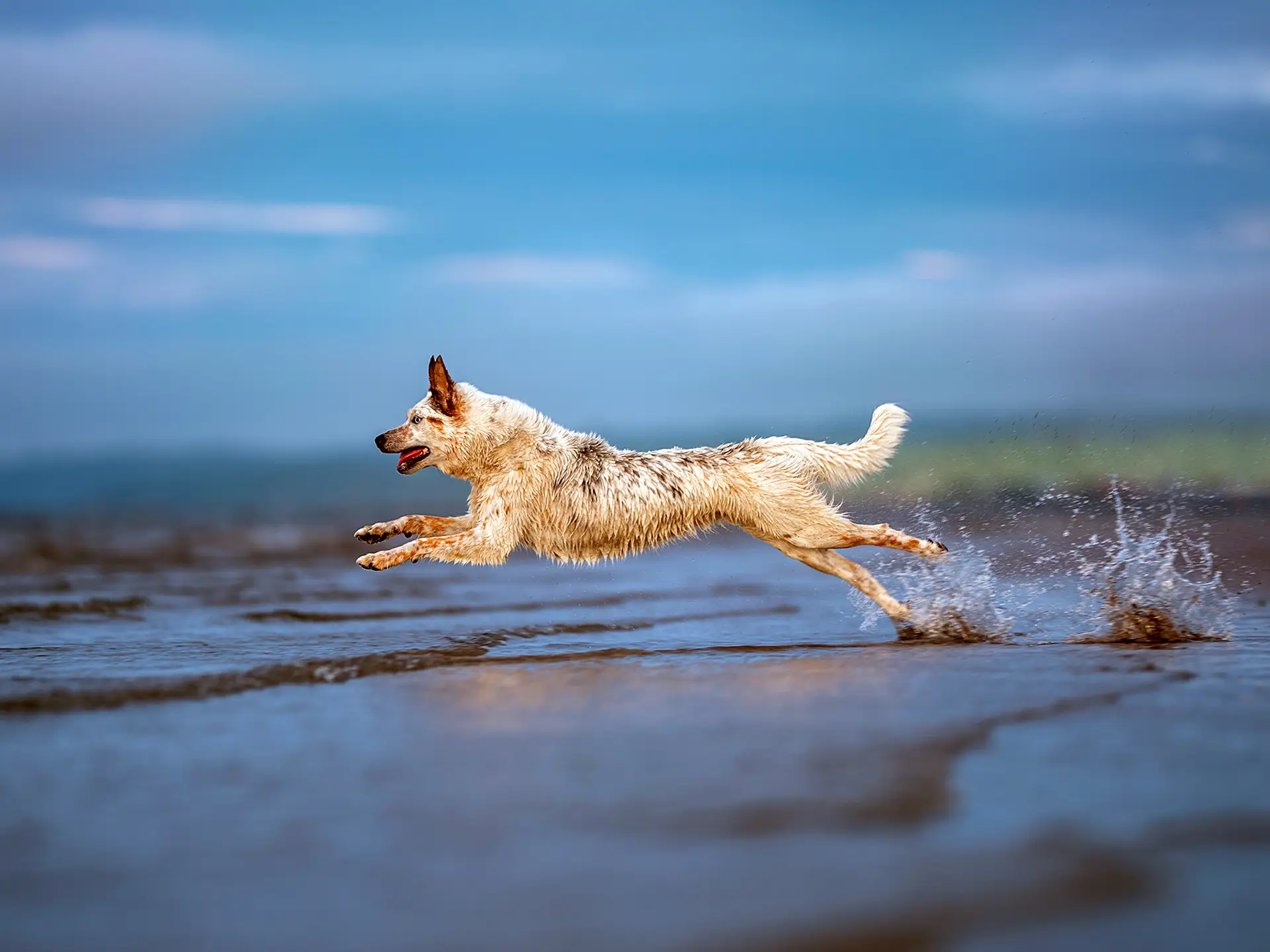For dogs that love to run, hike, play, or train daily, nutrition is more than just a routine—it’s a critical part of their performance, recovery, and long-term health. Whether you share your home with a working breed, a weekend trail companion, or a pup with boundless energy, choosing the right food for an active dog can help keep their muscles strong, joints healthy, and stamina high.
In this article, we’ll explore what sets active dogs apart nutritionally and what key ingredients to look for in their diet. We’ll also examine why a high-protein, nutrient-rich formula like Nutrience SubZero is a smart choice for meeting those elevated needs.
What Defines an Active Dog?
An active dog is typically one that exercises more than an hour a day, often at moderate to high intensity. This includes breeds like Border Collies, Retrievers, German Shepherds, Belgian Malinois, and Australian Shepherds—but activity level isn’t just about breed. Dogs who regularly participate in agility, hiking, skijoring, herding, or even long daily walks often require more nutritional support than their more sedentary counterparts.
Their metabolism works harder. Their muscles are constantly repairing. And their joints endure more impact. This means they need more energy—and the right kind of energy.
The Role of Protein in Performance

Protein is the building block of muscle. For active dogs, it also plays a key role in tissue repair, immune support, and metabolic function. While adult dogs generally need a minimum of 18% protein in their diet (AAFCO standards), active dogs often benefit from significantly more—typically between 30-40%1.
Animal-based protein sources, such as chicken, turkey, beef, fish, and organ meats, are particularly beneficial because they provide all the essential amino acids dogs need in addition to other nutrients such as glutamine, carnosine, coenzyme Q10, and creatine 2 3. Although not considered an essential amino acid for dogs, taurine, is especially important for heart health and proper muscle function—both of which are put to the test in an active lifestyle. Most dogs can meet their body’s demand for taurine by synthesizing it from the amino acids methionine and cystine; however, supplying taurine directly through the diet ensures that active dogs have ample amounts to meet their increased needs.
Many high-quality foods for active dogs also contain hydrolyzed or freeze-dried raw protein components. These ingredients help preserve nutrient density while supporting digestibility, making them ideal for dogs who need to extract every bit of energy from their meals.
Carbs, Fats, and the Right Energy Balance
An important difference between canine and human endurance athletes lies in their metabolic preference for fat or carbohydrates. For Alaskan sled dogs competing in long-distance races, fat is the preferred energy source to fuel them as they sustain low-intensity, aerobic exercise for hours at a time 4 5. For dogs engaging in short, intense bursts such as jumping or sprinting; however, as intensity increases there is increased reliance and preference for carbohydrates as an energy source as more anaerobic metabolism occurs.
Pulses and legumes including peas, chickpeas, and lentils offer more bang for their buck by supplying a good amount of protein as well as carbohydrates, compared to traditional grain sources. Fat sources such as chicken fat supply essential omega-6 fatty acids in addition to energy. Fish oils offer a nice compliment to these fat sources by supplying the omega-3 fatty acids, EPA & DHA to help manage inflammation—an important consideration for dogs that run or jump frequently.
When evaluating a food, look at the balance between protein, fat, and carbs. For active dogs, diets with higher fat content (typically between 15–20%) and moderate carbs can help keep energy levels steady without compromising muscle tone.
Joint Health: Start Sooner, Not Later

One of the most overlooked aspects of caring for an active dog is joint support. While many pet parents think of joint health as a senior dog concern, dogs who are highly active often experience wear and tear at a younger age.
Nutrients like glucosamine and chondroitin may be helpful for maintaining cartilage integrity and cushioning joints. While the body produces these compounds naturally, high levels of physical activity can increase the rate at which they’re broken down. That’s why adding them through diet—either naturally via ingredients like poultry cartilage and green-lipped mussels, or as supplements can be beneficial.
Some foods also include long-chain omega-3 fatty acids from marine sources like salmon oil or herring oil, which help to reduce joint inflammation. Together, these nutrients help reduce stiffness, maintain mobility, and protect long-term joint function.
Digestive and Immune Support
Active dogs may be more prone to gastrointestinal upsets due to changes in routine, environments, or stress. That’s why foods with probiotics and prebiotics can be beneficial. These ingredients help maintain healthy gut flora, which is essential for digesting nutrients efficiently and supporting a strong immune system.
Look for ingredients like inulin, derived from dried chicory root which contains beneficial prebiotics fibres, as well as named strains of beneficial bacteria (probiotics) like Lactobacillus acidophilus or Enterococcus faecium. These can be especially helpful in maintaining consistency in dogs with varied daily activity levels.
Feed Smarter: Matching Nutrition to Your Dog’s Age & Condition
Just like humans, dogs go through different nutritional needs as they age. A puppy that’s destined for agility competitions will have different requirements than a retired sled dog. Be sure to choose a food that’s appropriate for your dog’s life stage and body condition.
Feeding guidelines on the bag are a great starting point, but they don’t always account for your dog’s individual energy output. To fine-tune portions based on your dog’s weight, age, and activity level, use a tool like the Nutrience Pet Food Calculator to get customized feeding recommendations. This is especially helpful for active dogs, whose calorie needs can shift with seasonal changes, training schedules, or life stage transitions.
Regular body condition assessments—checking for things like rib definition, waist tuck, and energy levels—can help you make informed adjustments to your dog’s calorie intake. An active dog should be lean, muscular, and energetic—not overfed or undernourished.
References
- Reynolds AJ. Effect of diet on performance. In: Proceedings of Performance Dog Nutrition Symposium. ; 1995. ↩︎
- Kazimierska K, Biel W. Feeding of sporting dogs Part I. Energy, protein, fat and carbohydrates requirements. Folia Pomeranae Univ Technol Stetin Agric Aliment Piscaria Zootech. 2020;355(54):5-14. doi:10.21005/AAPZ2020.54.2.01 ↩︎
- Kazimierska K, Biel W. Feeding of sporting dogs Part II. Minerals, vitamins and functional additives requirements. Folia Pomeranae Univ Technol Stetin Agric Aliment Piscaria Zootech. 2020;357(56):19-30. doi:10.21005/AAPZ2020.56.4.02 ↩︎
- D. S. Kronfeld, E. P. Hammel, C. F. Ramberg, H. L. Dunlap. Hematological and metabolic responses to training in racing sled dogs fed diets containing medium, low, or zero carbohydrate. Am J Clin Nutr. 1977;30:419-430. ↩︎
- Reynolds AJ, Fuhrer L, Dunlap HL, Finke MD, Kallfelz FA. Lipid metabolite responses to diet and training in sled dogs. J Nutr. 1994;124:2745S-2753S. ↩︎















